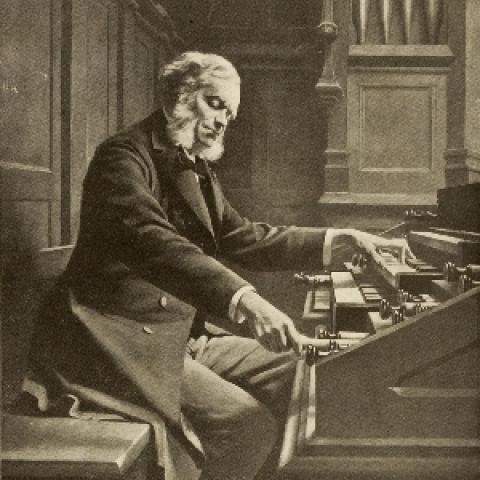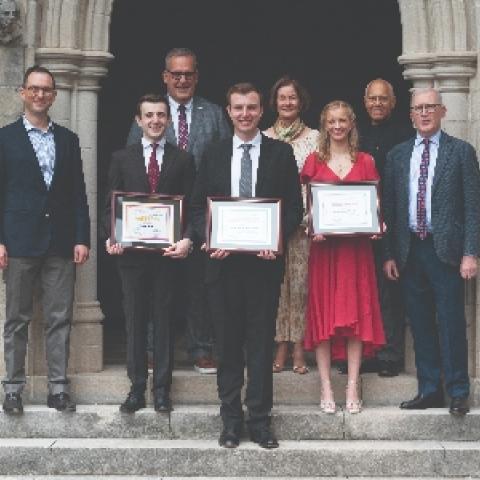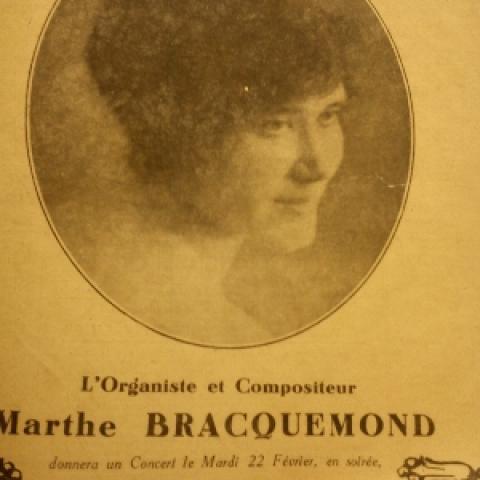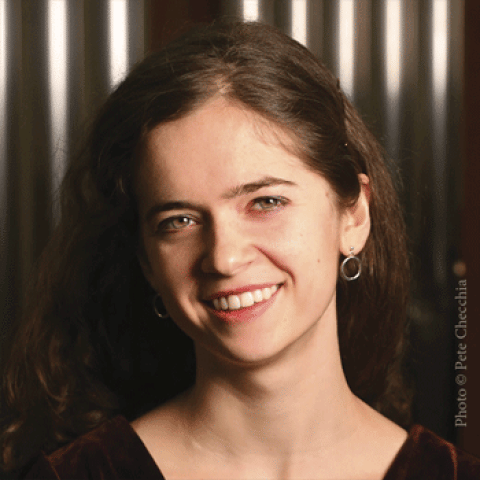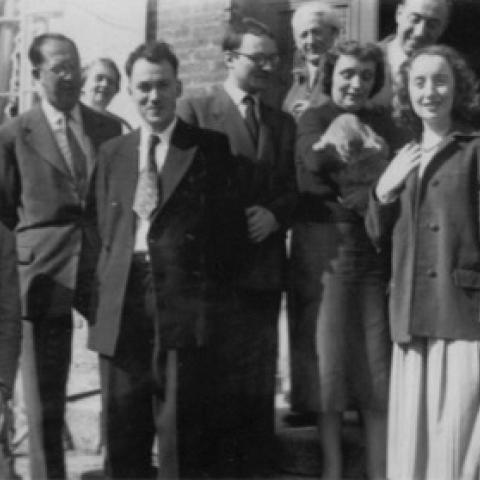
The East Texas Pipe Organ Festival announces a new CD, The Art of Robert Anderson, featuring private recordings of Anderson from the John Beck Library, playing the 1965 Aeolian-Skinner Organ Company Opus 1438 formerly in Caruth Auditorium, Southern Methodist University, Dallas, Texas.
This recording features over two hours of music.
Disc One:
Bach, Toccata and Fugue in D Minor, BWV 565; Bach, “Liebster Jesu, wir sind hier,” BWV 731; Brahms, Fugue in A-flat Minor; Dello Joio, Laudation; Franck, Prière, Op. 20; Dupré, Deuxième Symphonie, Op. 26, Preludio; Vierne, Deuxième Symphonie, Op. 20, Choral; Messiaen, Verset pour la fête de la Dédicace; Litaize, Prelude et Danse fuguée. Total time: 68:15.
Disc Two:
Vivaldi-Bach, Concerto II in A Minor, BWV 593, Allegro; Muffat, Toccata XIIa et Ultima; Valente, Two Dances, La Romanesca Lo Ballo dell’ Intorcia (Torch Dance); Tournemire, Choral-Improvisation sur le “Victimae Paschali;” Alain, Trois Danses; Reger, Introduction, Variations and Fugue on an Original Theme, Op. 73. Total time: 72:44.
For information: www.easttexaspipeorganfestival.com.

